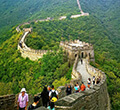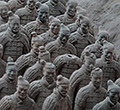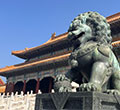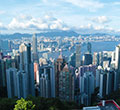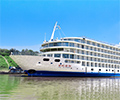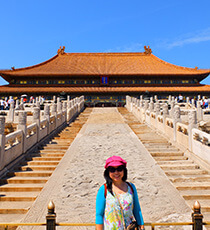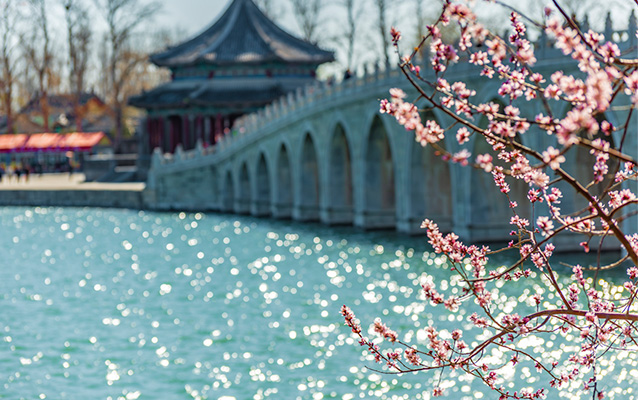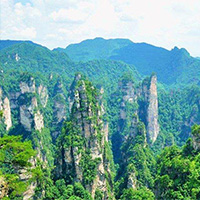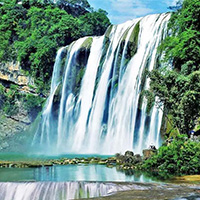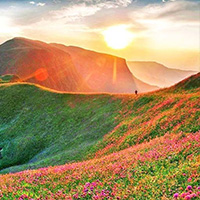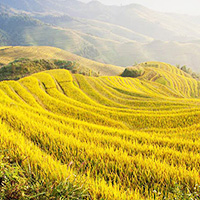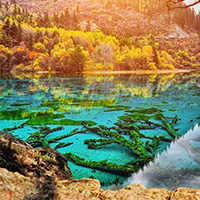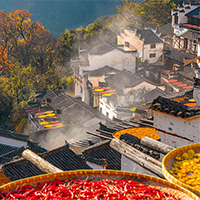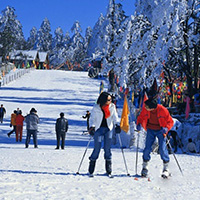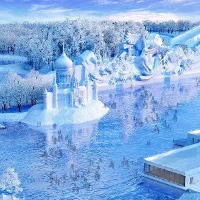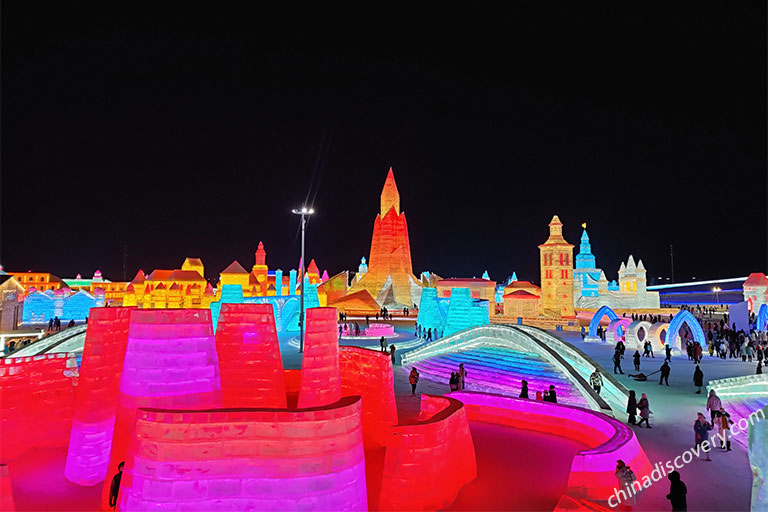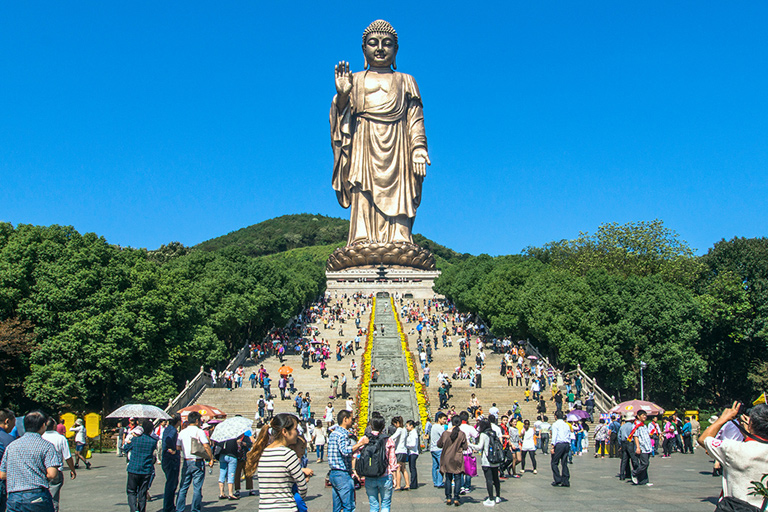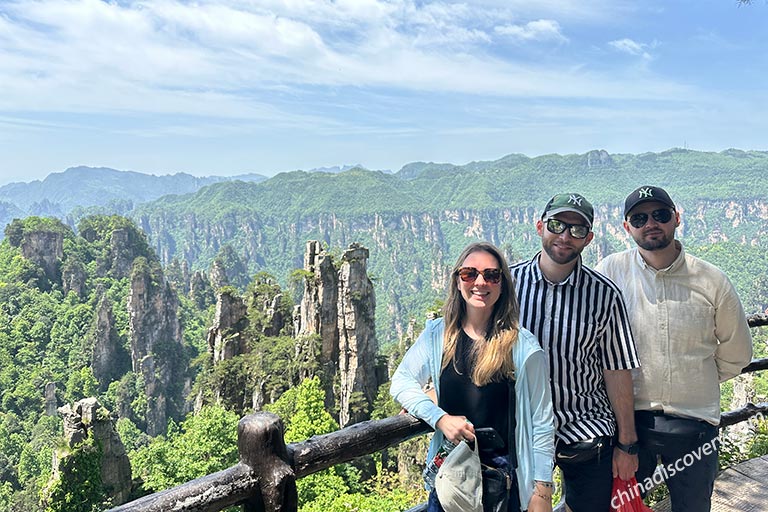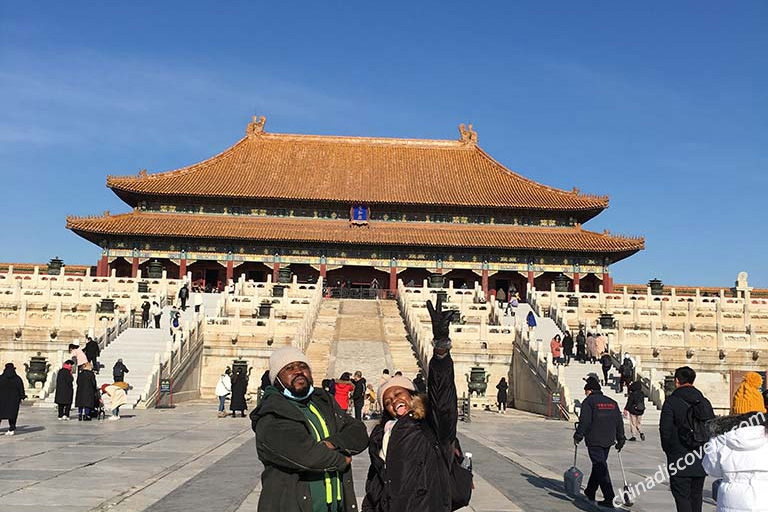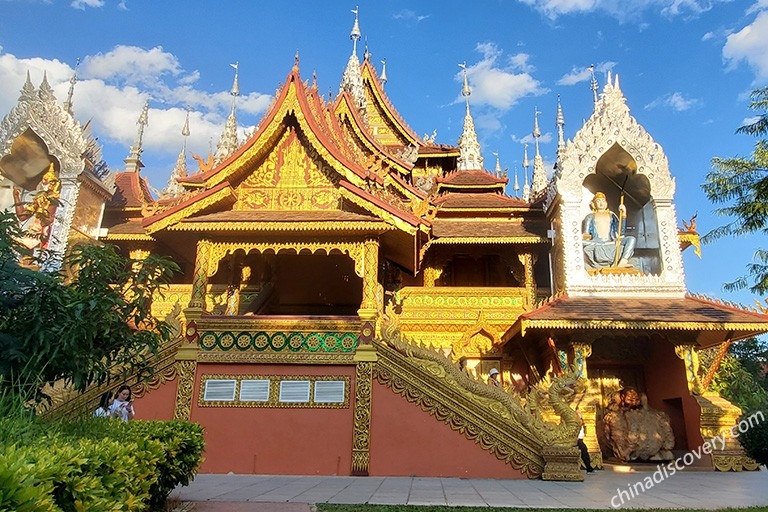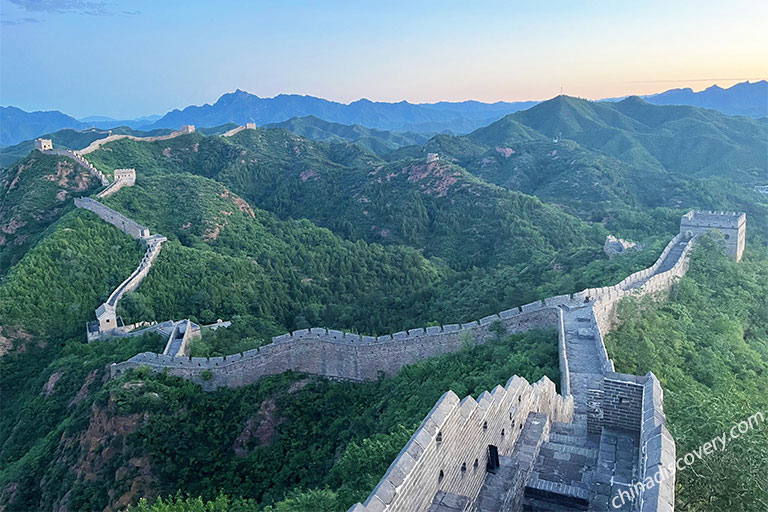China Weather - China Climate & Seasonal Travel Guide
In general, China weather features a distinct continental monsoon climate, characterized by cold winter and hot summer. However, it’s hard to define China weather in a few words because of vast land. It enjoys a rich climate and the weather differs from region to region by different temperature zones according to the diverse landforms. Two different cities may have totally different temperature and climate in the same time, that makes China is a great country to travel all the year around. No matter when you step into the land of China, you can easily find some great places to visit. Traveling to China in different seasons, you will enjoy quite different scenery. It is also important to pack and dress accordingly if you visit different places or in different month. This China Weather Guide including weather today, climatic characteristics, different climate of top tourist cities, four seasons features, top recommended tours by months, etc. to help you enjoy a better China tour!
The temperature varies a lot in cities in different climate zones. There are five climate types in China, including Tropical Monsoon Climate, Subtropical Monsoon Climate (Shanghai, Guilin, Zhangjiajie, Kunming, Hangzhou…), Temperature Monsoon Climate (Beijing, Xian, Luoyang, Pingyao…), Temperate Continental Climate (Harbin, Inner Mogolia…) and Alpine Cold Climate (Chengdu, Lhasa, Jiuzhaigou, Qinghai...).
The precipitation decreases from the southeast to the northwest. Generally, southeastern coastal cities receives about 2,000 mm. The annual rainfall of farther norther areas along Huai River decreases to around 880 mm. The northeastern regions along Yellow River have around 600 mm rainfalls annually. Rainy season starts from June to August usually, so the humidity is higher in summer and lower in winter.
Typhoons generally track in a westward or northern direction and hit China a bit often than other Asian countries. Beginning in May and ending in September, the monsoon in China visit route is from southeast area along the coast, the middle and lower reaches of Yangtze River, and to north and northeast China. Devastating typhoons usually strike in the southern and eastern coastal regions of China, like Fujian, Hainan Guangdong and Zhejiang provinces.
The air pollutions in recent years make travelers afraid. Because of the government's control of pollutant discharge, the air-condition becomes much better. Smoggy weather always occur between November to next January in some northern cities, like Shijiazhuang, Xianyang, etc. Visiting these cities, you should wear mask. Tourist destinations with less pollutions include Shanghai, Guilin, Hangzhou, Xiamen, Sanya, Lhasa, etc.
China Weather in Different Regions
Having a vast territory, the weather in China has an extreme variety. There are most hot days of year in south coastal cities and most cold days in Qinghai-Tibet Plateau. In southern Yunnan Plateau (like Kunming City), there is spring all the year round. Also, you can see most long winter in the northern Inner Mongolia and long summer in the south of Fujian province. Click the city on the China Weather Map and find the detailed city weather condition.
 Capital City
Capital City Major Cities
Major Cities Top Destination
Top Destination Yangtze Cruise
Yangtze Cruise
| Area | Cities (Provinces/Municipalities) |
Weather & Climate |
|---|---|---|
| Northern China | Beijing, Xian(Shaanxi), Shandong, Luoyang(Henan), Pingyao(Shanxi) and other places | Avg Temperature: -1°C~31°C The northern region has mainly temperate continental climate and temperate monsoon climate. The temperature in winter is lower than 0°C, and the temperature in summer is higher than 20°C. The temperature changes in four seasons. The coldest month occurs in January, and the hottest month is July. There is little precipitation throughout the year, and the seasonal distribution is uneven, with precipitation concentrated in summer. |
| Eastern China | Shanghai, Huangshan(Anhui), Hangzhou(Zhejiang), Suzhou(Jiangsu) and other places | Avg Temperature: 5°C~32°C Most of southeast China belongs to the subtropical monsoon climate zone. The climate is mild and humid throughout the year with abundant rainfall. The seasonal changes in wind are obvious, with alternating cold and summer, and four distinct seasons. Its main climatic characteristics are: rainy spring, sultry summer, cool autumn air, and wet and cold winter. The time from March to May (spring) and the late September to November (autumn) boasts comfortable temperatures and fewer tourists and rain showers, making it the best time to travel. |
| Southern China | Guilin(Guangxi), Zhangjiajie(Hunan) and other places | Avg Temperature: 7°C~33°C Both Guilin and Zhangjiajie have a subtropical monsoon climate, with four distinct seasons. Summer in Guilin and Zhangjiajie is hot and sunny and the rainfall is abundant. It is not too cold in winter and you can visit this region for a comfortable winter holiday. Spring and autumn are also the best time for these cities. |
| Southwestern China | Chengdu (Sichuan), Yunnan, Guizhou and other places | Avg Temperature: -13°C~30°C Most areas of Sichuan, Yunnan and Guizhou provinces belong to the subtropical monsoon climate zone, while the higher altitude areas belong to the alpine plateau climate zone. Sichuan and Chongqing have distinct seasons. In Guizhou and Yunnan, you can enjoy a comfortable weather all year round. |
| Northwestern China | Gansu, Xinjiang, Ningxia and other places | Avg Temperature: -16 °C~30°C The northwestern region is deep inland and far away from the sea. Coupled with the high plateaus and mountainous terrain that block the humid airflow, the area has sparse precipitation and arid climate, forming a landscape of vast deserts and Gobi beaches. Winters are severely cold and dry, summers are hot, and precipitation is scarce, showing a decreasing trend from east to west. |
| Southern Coastal China | Hong Kong, Guangzhou (Guangdong), Shenzhen, Macau, Hainan, Xiamen and other places | Avg Temperature: 11°C~35°C Located on the subtropical coast, with the Tropic of Cancer passing through the central and southern regions, this region has a maritime subtropical monsoon climate characterized by warm and rainy, abundant light and heat, long summers and short frost periods. The cities in this region have a very small annual average temperature difference. |
| Northeastern China | Harbin (Heilongjiang), Jilin, Shenyang (Liaoning) and other places | Avg Temperature: -20°C~30°C The northeast is located in a temperate monsoon climate zone. The winter is controlled by temperate continental air masses, which are cold and dry, and the temperature difference between north and south is large; summer is affected by temperate ocean air masses or degeneration of tropical ocean air masses, warm, hot and rainy, and the temperature difference between north and south is small. In addition, the four seasons are distinct and the weather varies significantly. |
| Qinghai-Tibet Plateau | Qinghai, Tibet | Avg Temperature: -15°C~33°C The general characteristics of the climate of the Qinghai-Tibet Plateau: strong radiation, more sunshine, low temperature, less accumulated temperature, temperature decreases with the increase of altitude and latitude, and the temperature difference between the days is large; the dryness and the wetness are distinct, and the night rains; the winter is long and dry and cold, and there are many strong winds; Summer is cool and rainy, with much hail. |
| Inner-Mongolia | Inner Mongolia | Avg Temperature: -14°C~20°C Inner Mongolia has a typical mid-temperate monsoon climate, which is characterized by low and uneven precipitation and drastic changes in cold and heat. The winter is long and cold, and the cold season in most areas lasts from 5 months to half a year. |
China Weather and Best Places to Visit by Season
Judged by the interval of temperature variety, China weather changes with seasonal replacement. In spring (March to May), the weather is warm and dry; in summer (June to August), it is hot and rainy; in autumn (September to November), the weather is quite cool on most windy days, while in winter (December to February), it is piercing cold and freezing in north China. Check the detailed weather in each season below:
- Spring - March, April & May
- Summer - June, July & August
- Autumn - September, October & November
- Winter - December, January & March
China Weather in March
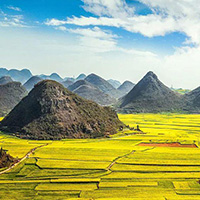
- Average Temperature: 11.8 °C
- Average Rainfall: 42.3 mm
- Highlights: Rape Flowers, Peach Blossoms
- Recommended Places: Beijing, Wuyuan, Nyingchi, Hangzhou, Danba
- Seasonal Activities: Great Wall Hiking, Yangtze River Cruise
- Packing Tips: Normal spring clothing like long skirts, sweaters, windbreakers… and extra thick layers
China Weather in April
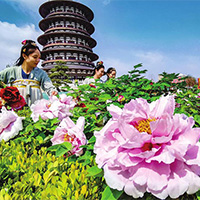
- Average Temperature: 12.3 °C
- Average Rainfall: 59.4 mm
- Highlights: Rape Flowers, Peach Blossoms
- Recommended Places: Beijing, Chengdu, Guilin, Huangshan, Weifang…
- Seasonal Activities: Kite Flying, Hiking, Photography
- Packing Tips: Normal spring clothing like long skirts, sweaters, windbreakers…
China Weather in May
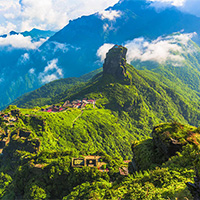
- Average Temperature: 17.1°C
- Average Rainfall: 69.7 mm
- Highlights: Azalea
- Recommended Places: Beijing, Xian, Shanghai, Chengdu, Guilin
- Seasonal Activities: Hiking, Photography, Biking
- Packing Tips: Light spring clothing like long skirts, windbreakers, skirts…
Top 6 Frequently-asked Questions About China Weather?
Sandstorm: Sandstorms do not frequently occur in China in fact and it mainly occur in late winter (March) and early spring (February). The most frequent areas of sandstorms are the northern regions, like southern Xinjiang basin, southwestern Qinghai, western Tibet, central and western Inner Mongolia, and central and northern Gansu.
Flood: Because of the large amount of rainfall in July and August, flood occur in southern China and southeastern China, including Guangdong, Guangxi, Zhejiang, Jiangsu, etc. Torrential flood also occurs in Anhui, Liaoning, Hunan, Guizhou, and Yunnan.
2025-2026 Top Recommended China Tours by Month

Beijing / Xian / Guilin / Yangshuo / Shanghai
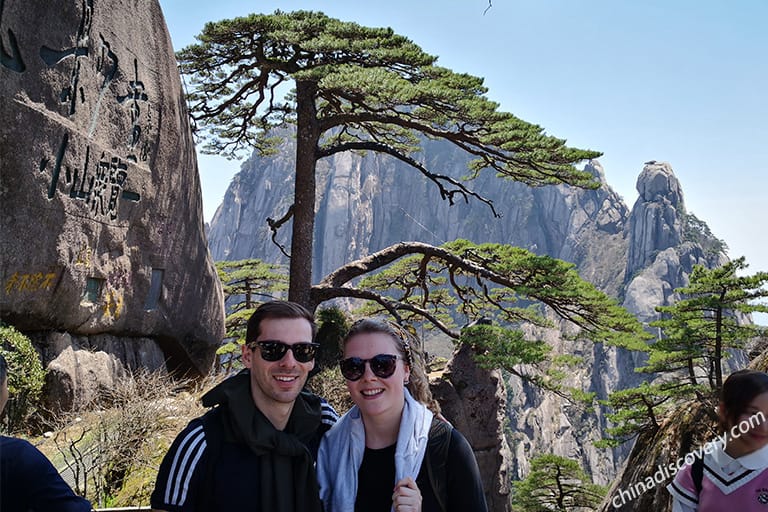
Shanghai / Suzhou / Hangzhou / Huangshan
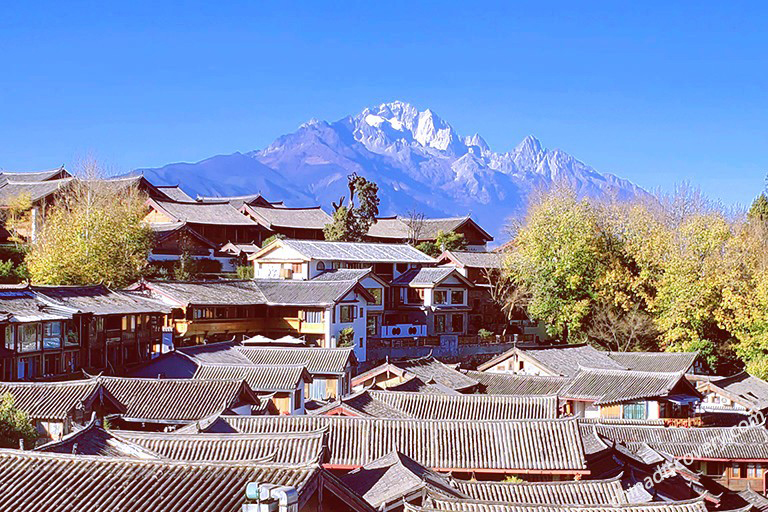
Shanghai / Zhangjiajie / Kaili / Kunming / Lijiang / Shangri-la / Kunming
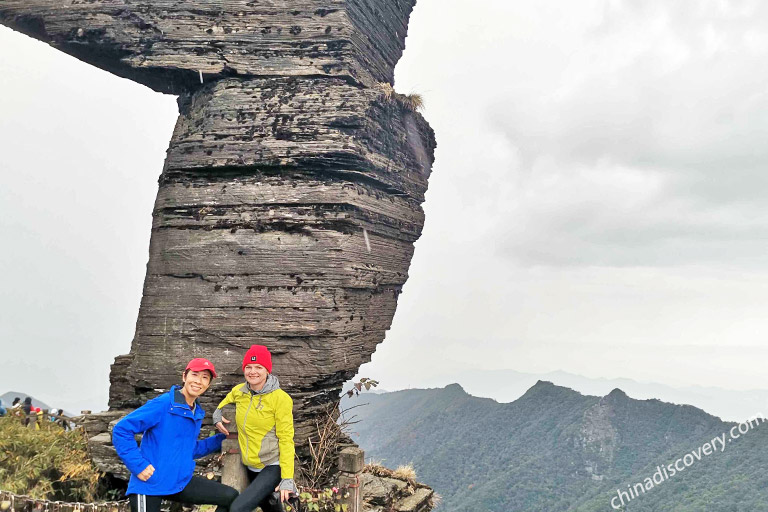
Guilin / Longsheng / Yangshuo / Zhaoxing / Kaili / Fanjingshan
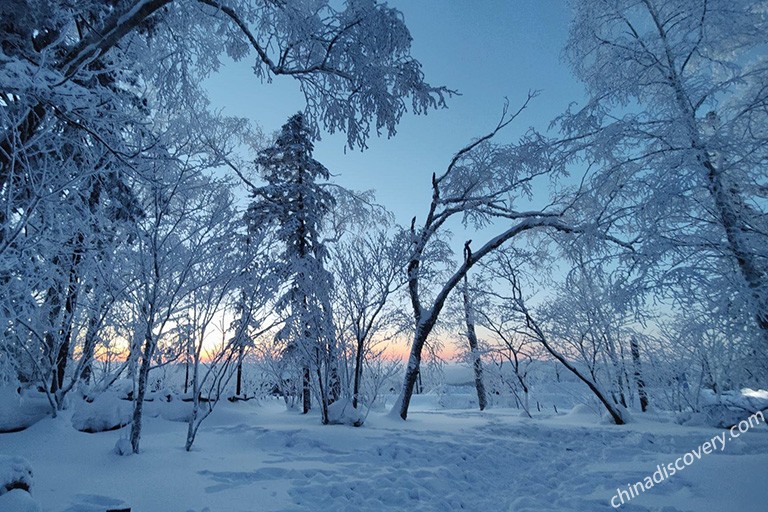
Harbin / China Snow Town / Jingpo Lake / Dunhua / Changbai Mountain / Jilin
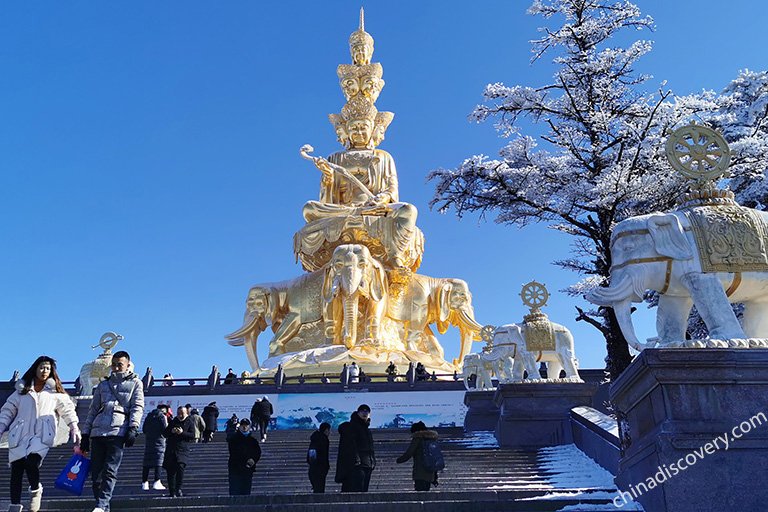
Chengdu / Emeishan / Leshan / Guilin / Longji / Guilin / Yangshuo / Guilin
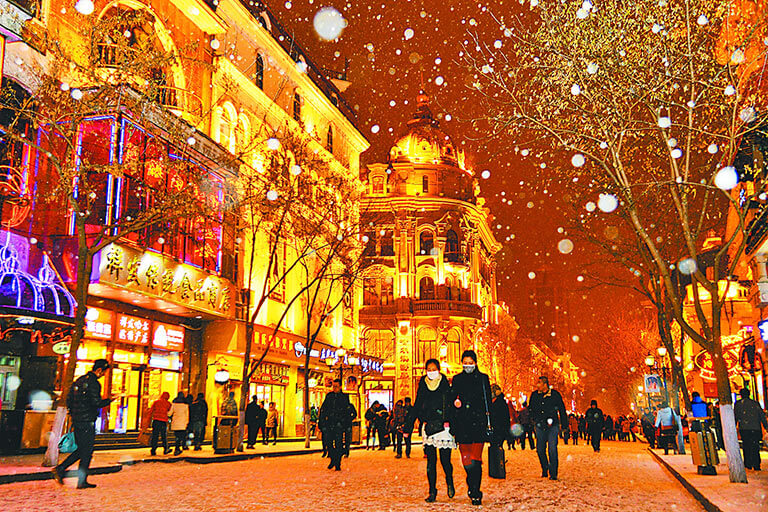
Beijing / Harbin / Shanghai
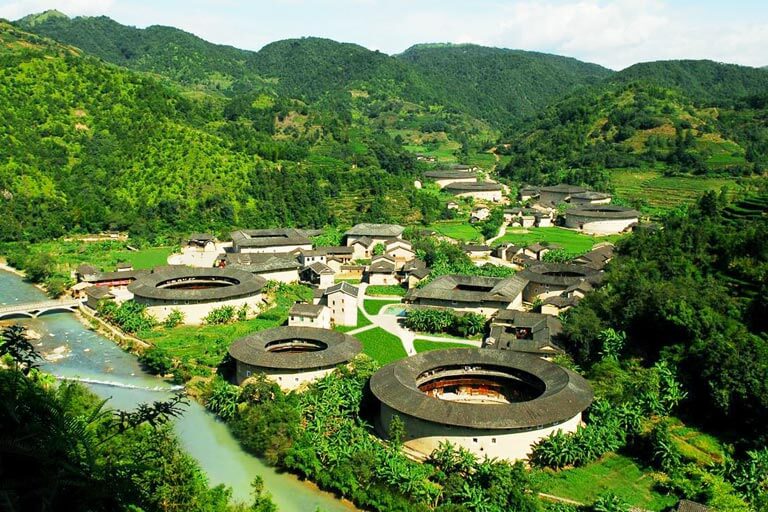
Xiamen / Nanjing Tulou / Yongding Tulou / Xiamen / Wuyishan
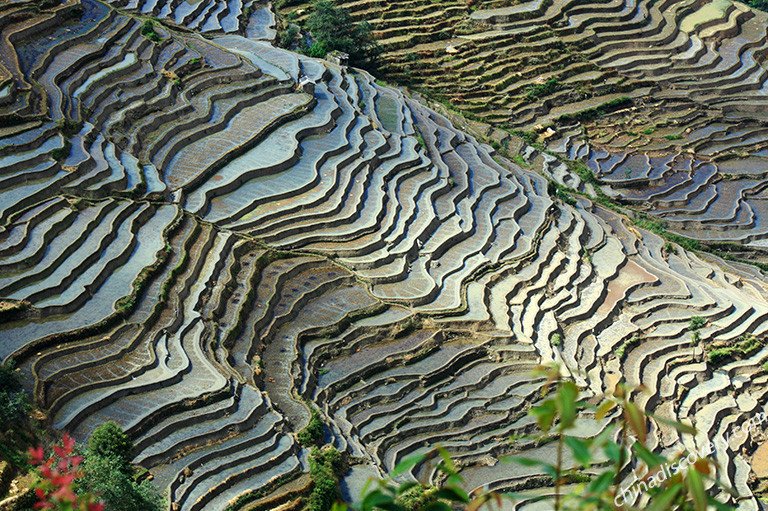
Kunming / Stone Forest / Yuanyang / Jianshui / Kunming

Chengdu / Leshan / Zigong / Chongqing
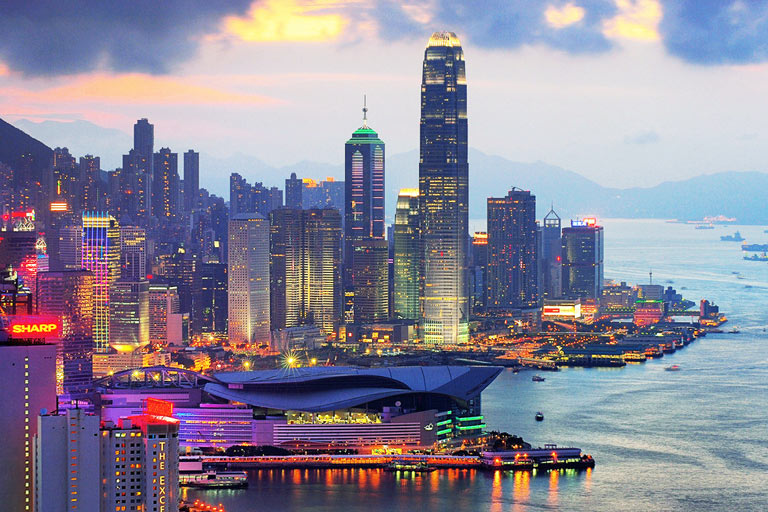
Hong Kong / Guangzhou / Macau / Hong Kong
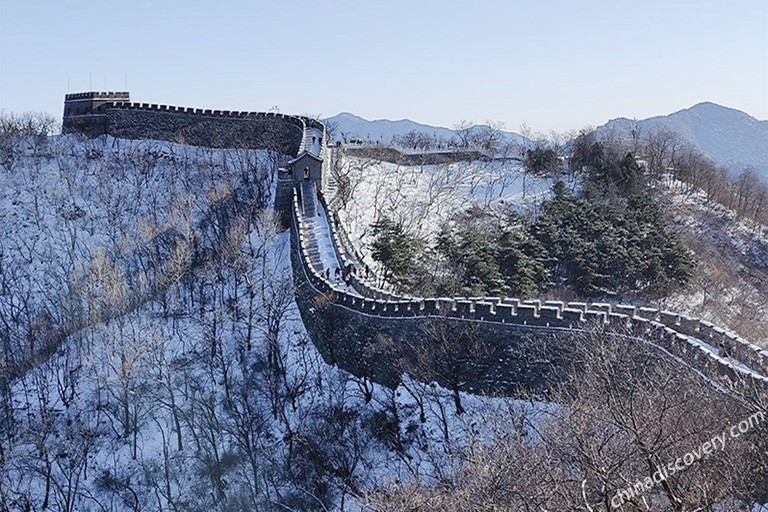
Beijing / Harbin
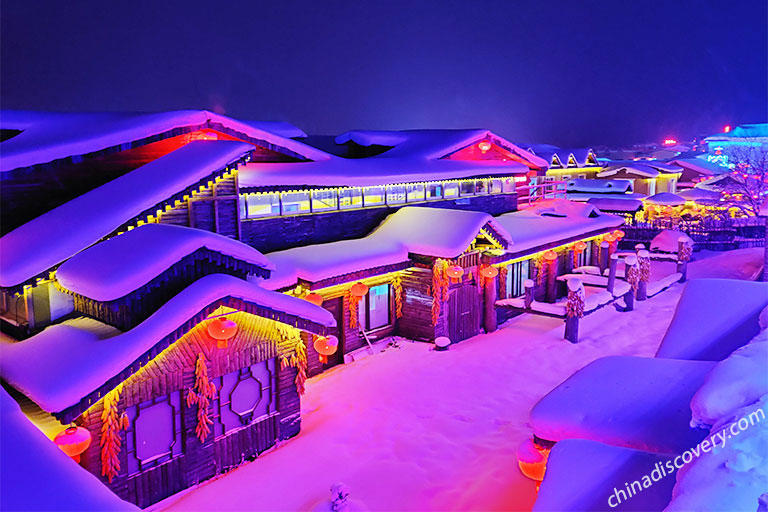
Harbin / China Snow Town / Harbin
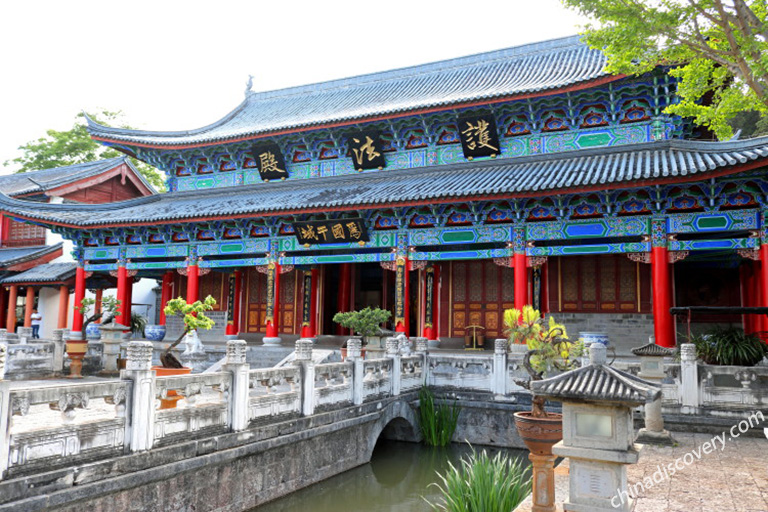
Chengdu / Leshan / Mount Emei / Lijiang / Shangri-La / Kunming
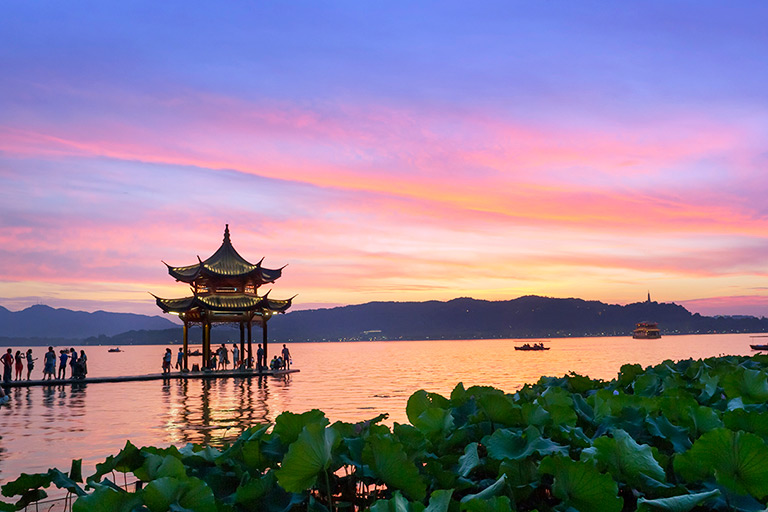
Shanghai / Hangzhou / Suzhou / Shanghai
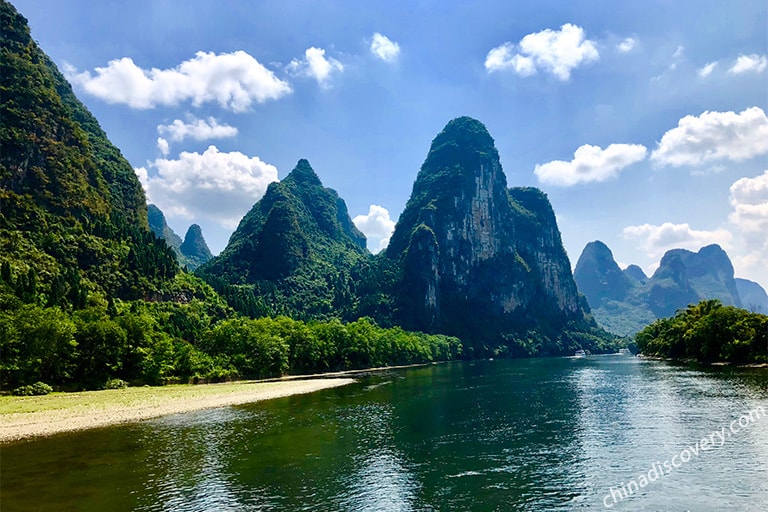
Guilin / Yangshuo / Longsheng
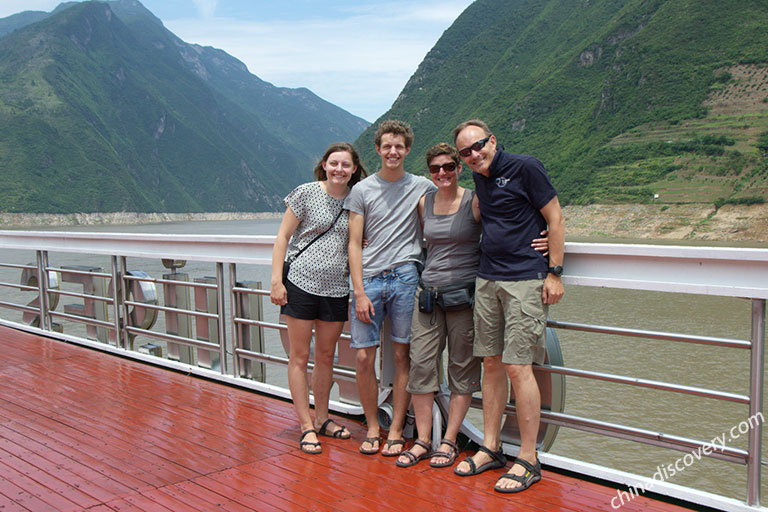
Chongqing / Yangtze Cruise / Yichang

Kunming / Dali / Lijiang / Shangri-La
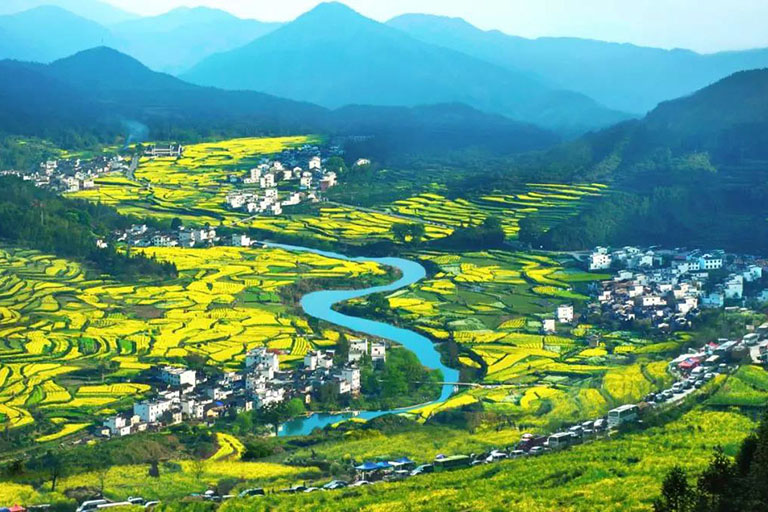
Huangshan / Wuyuan
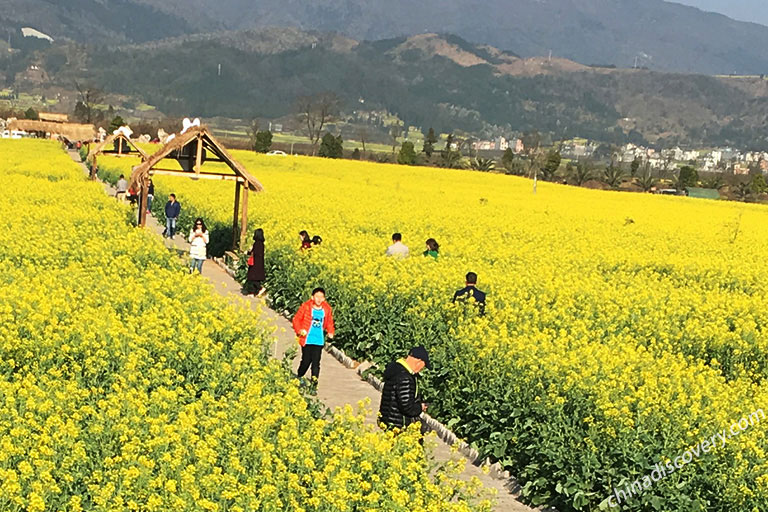
Kunming / Stone Forest / Luoping / Kunming

Guilin / Yangshuo / Longsheng

Tunxi - Huangshan Mountain - Hongcun - Xidi
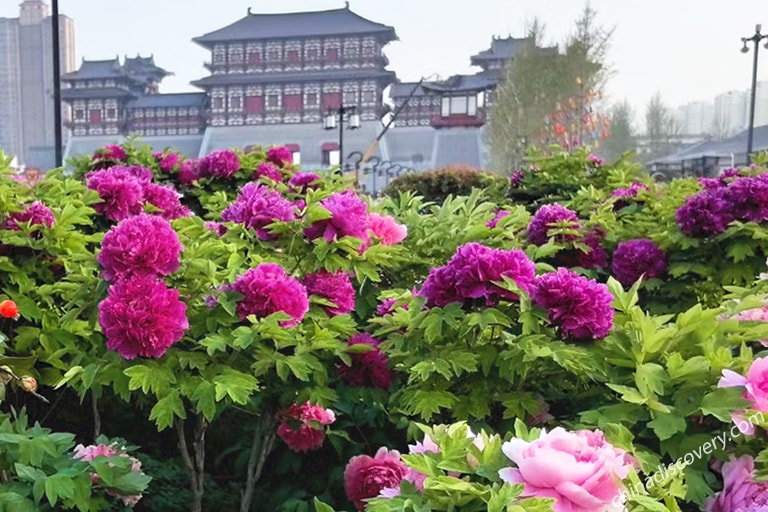
Luoyang / Shaolin Temple / Luoyang
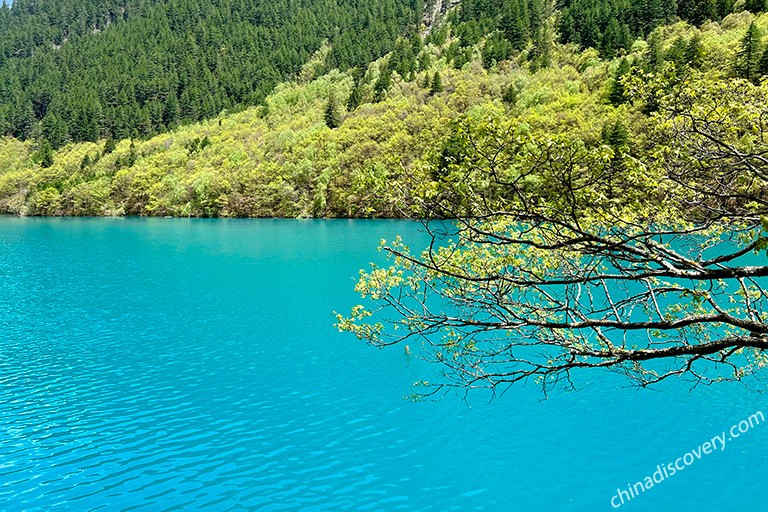
Chengdu / Huanglong / Jiuzhaigou

Chongqing / Yangtze Cruise / Yichang
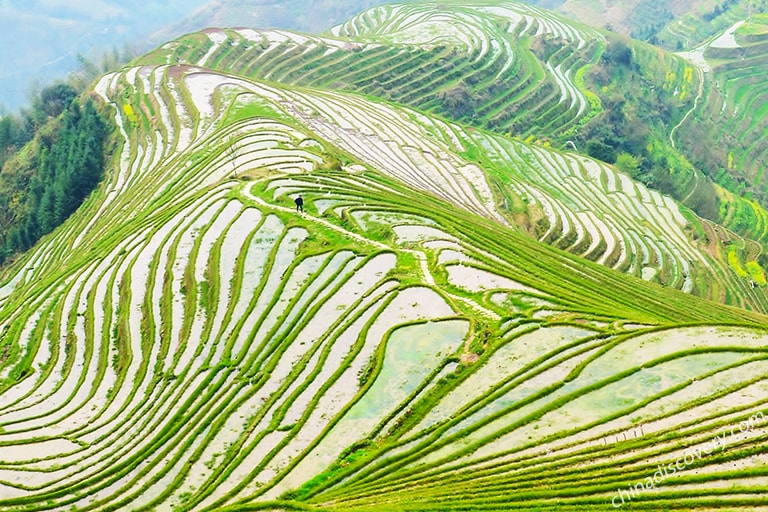
Guilin / Longsheng / Guilin / Yangshuo

Hangzhou / Suzhou
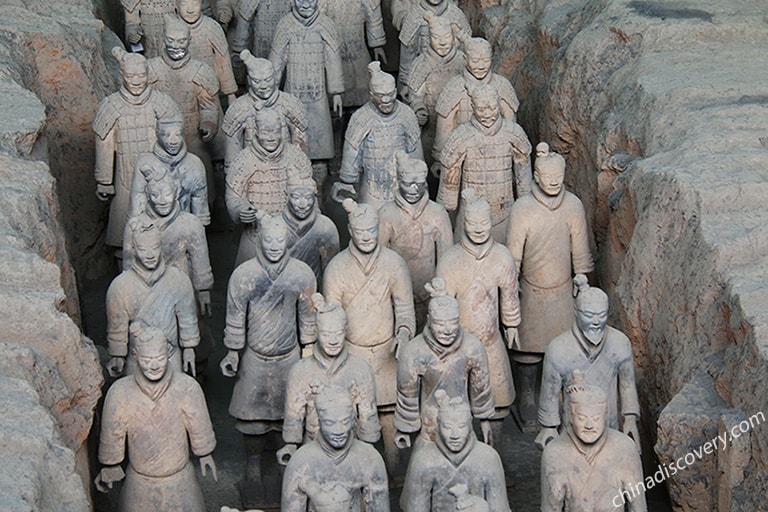
Xian / Chengdu
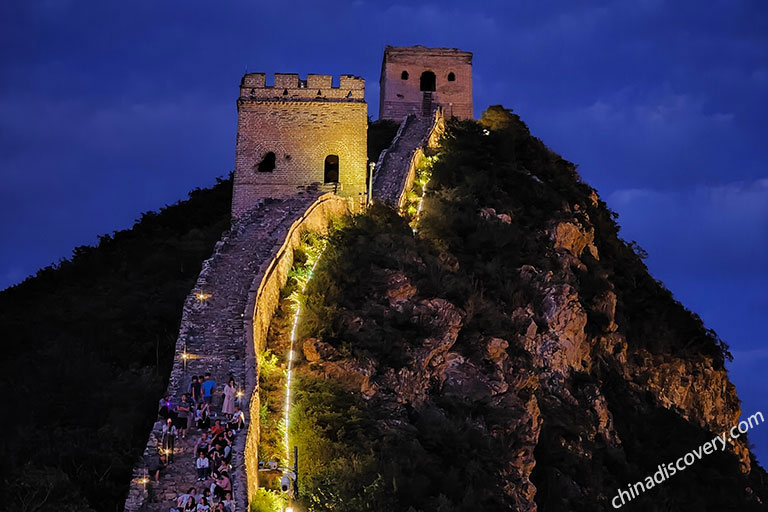
Beijing / Jinshanling / Simatai / Gubeikou Water Town / Beijing
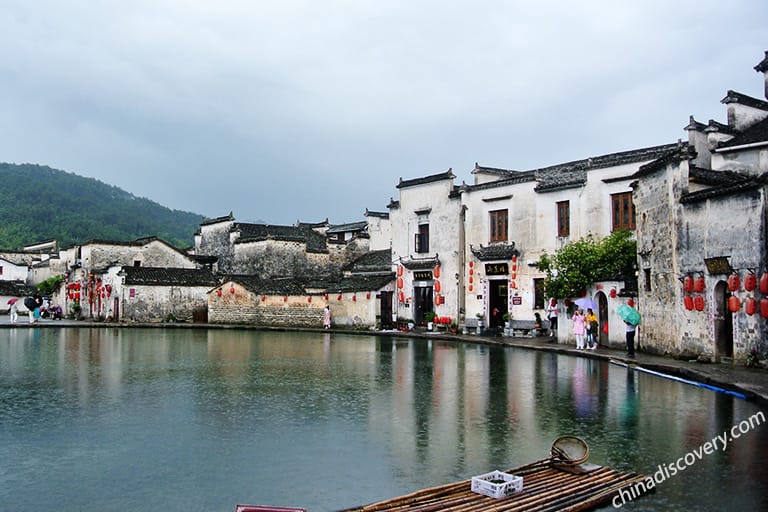
Shanghai / Huangshan
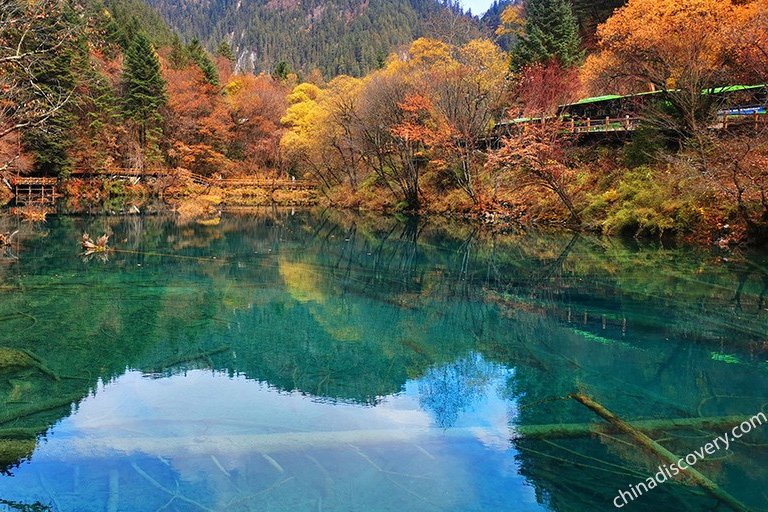
Chengdu / Huanglong / Jiuzhaigou

Chongqing / Yangtze Cruise / Yichang

Zhangjiajie / Fenghuang / Zhangjiajie
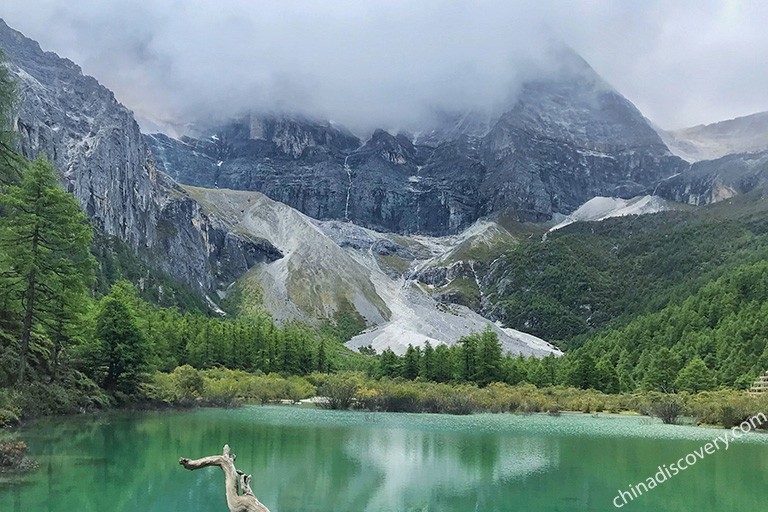
Chengdu / Daocheng / Yading
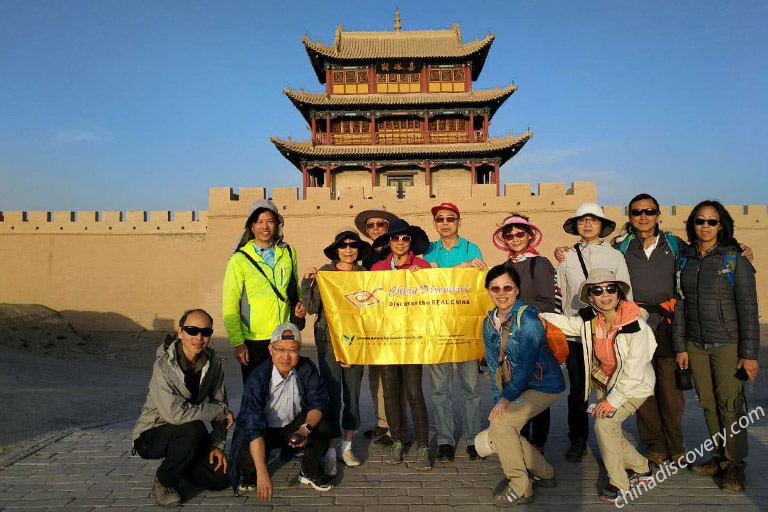
Lanzhou - Zhangye - Jiayuguan - Dunhuang

Guilin / Yangshuo / Longsheng
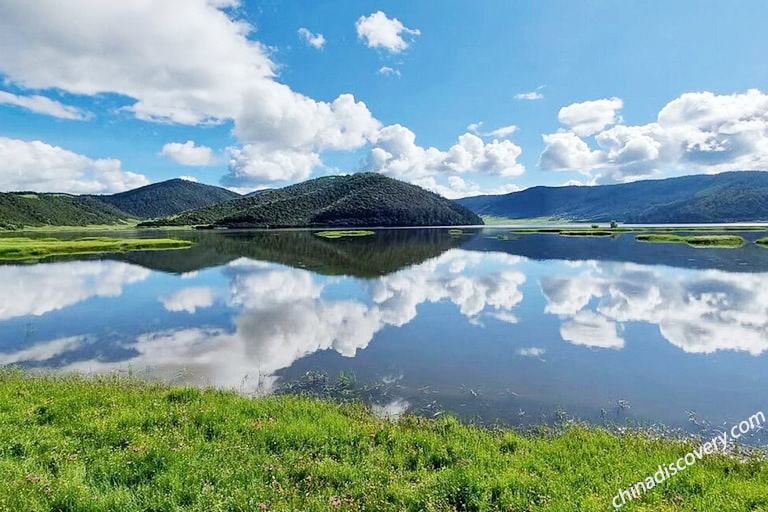
Lijiang / Shangri-La

Zhangjiajie / Fenghuang / Zhangjiajie

Kunming / Dali / Lijiang
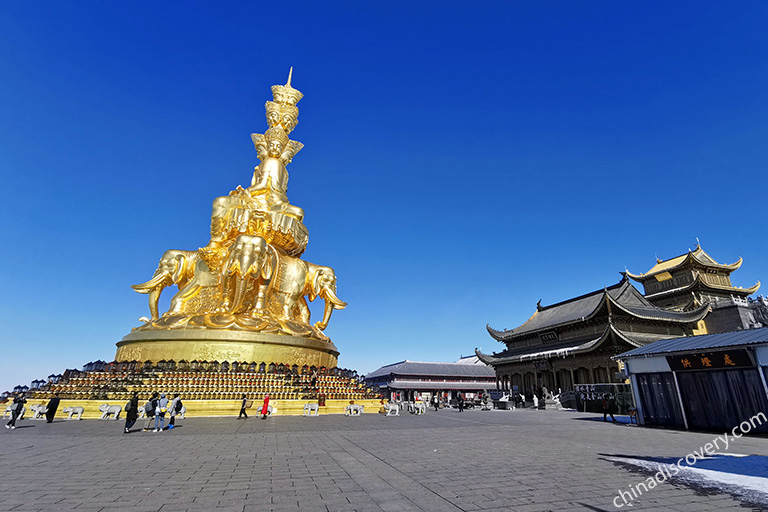
Chengdu / Leshan / Emei / Chengdu / Jiuzhaigou
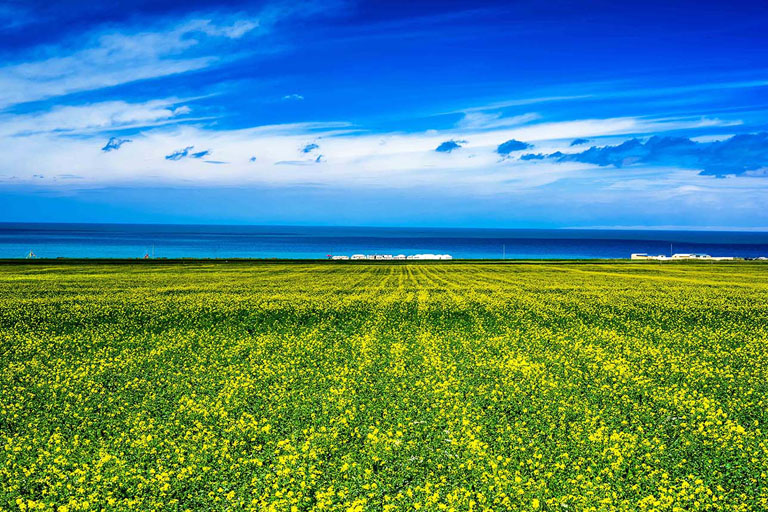
Xining / Qinghai Lake
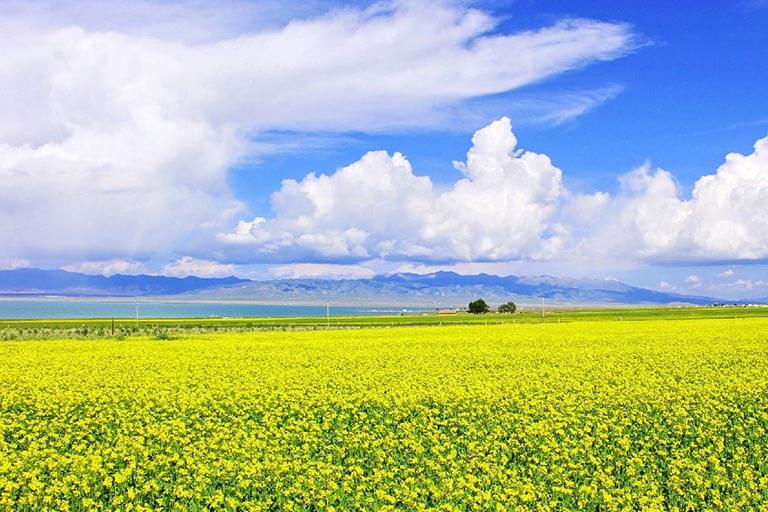
Xining - Zhangye - Badain Jaran Desert

Chengdu / Huanglong / Jiuzhaigou
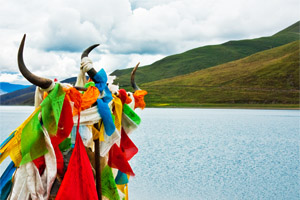
Lhasa / Gyangtse / Shigatse
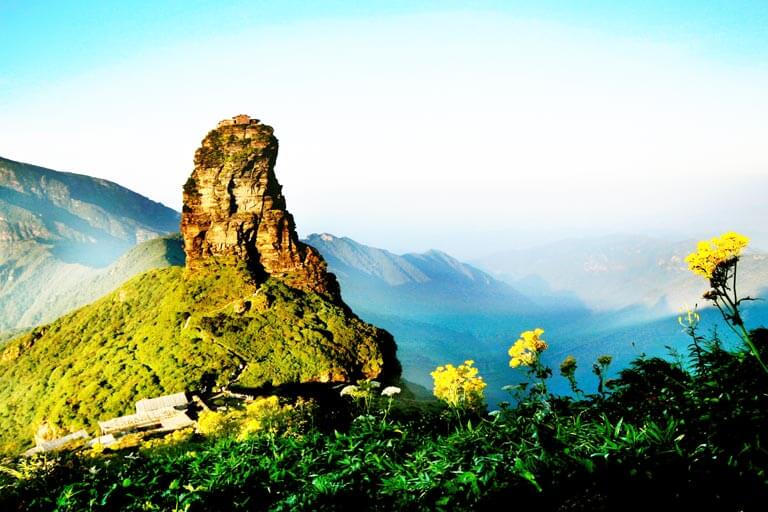
Guiyang / Anshun / Tongren / Fanjingshan / Tongren
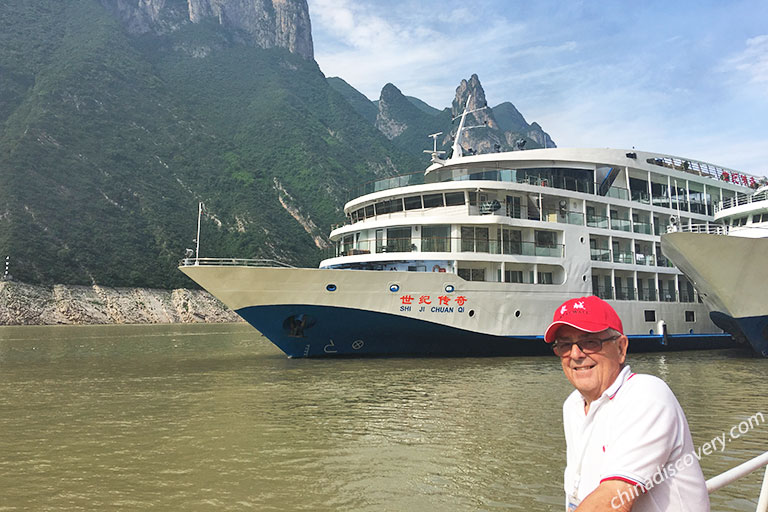
Chongqing / Yangtze Cruise / Yichang / Zhangjiajie

Hohhot / Huitengxile Grassland / Yemingsha of Kubuqi Desert / Hohhot

Zhangjiajie / Fenghuang / Zhangjiajie
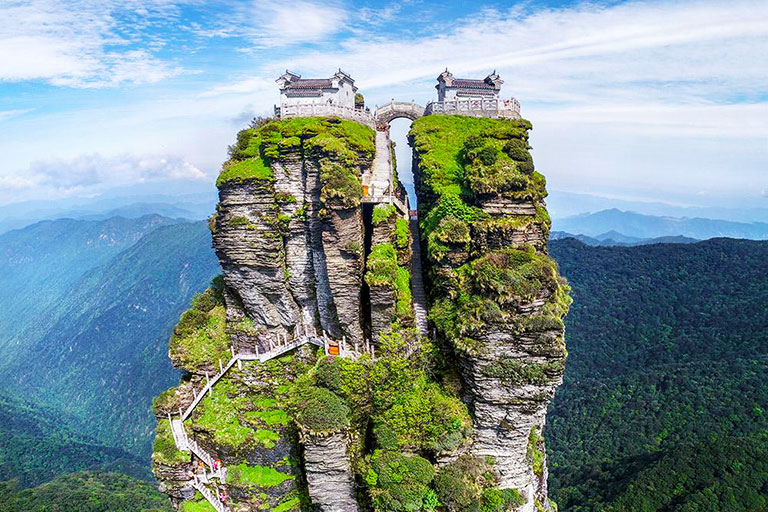
Tongren / Fanjingshan / Tongren
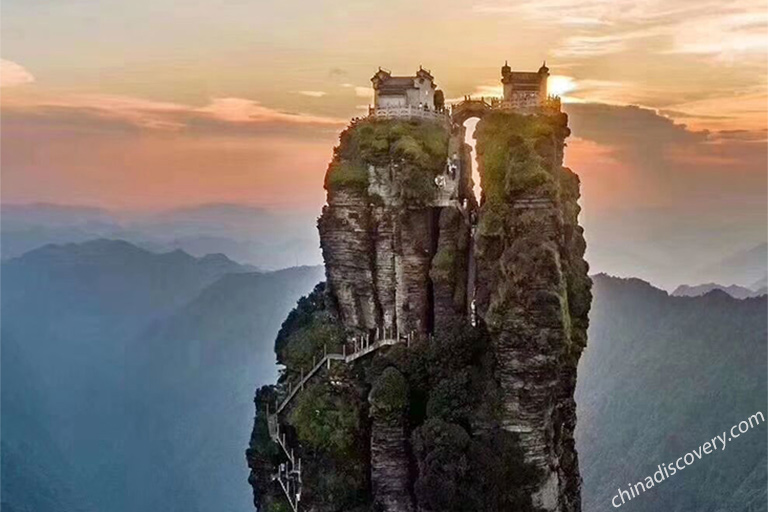
Guiyang / Anshun / Kaili / Fanjingshan

Hohhot / Huitengxile Grassland / Yemingsha of Kubuqi Desert / Hohhot
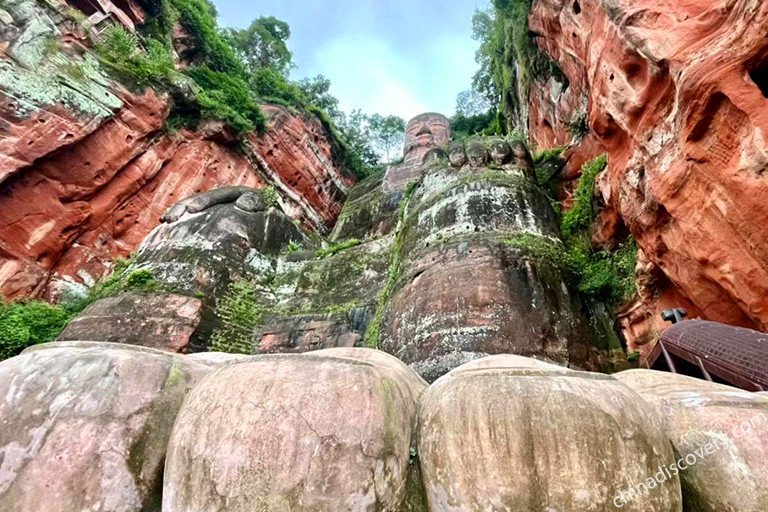
Chengdu / Leshan / Mt. Emei / Chengdu
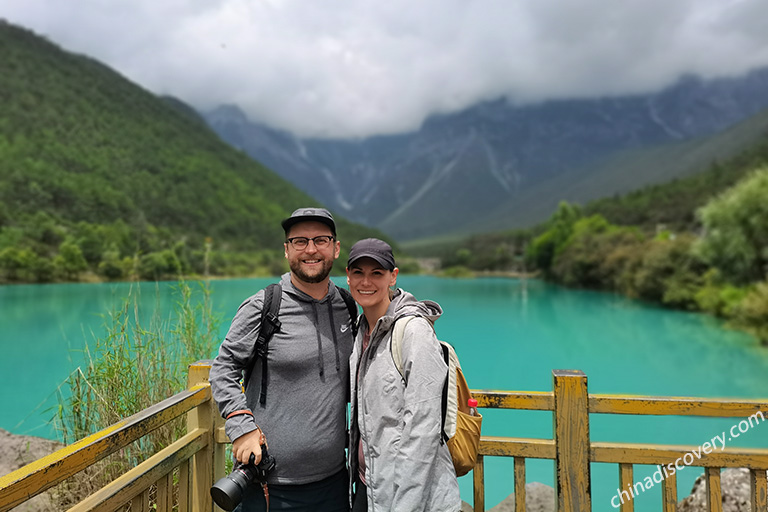
Kunming / Lijiang

Kunming / Dali / Lijiang

Chengdu / Leshan / Emei / Chengdu / Jiuzhaigou

Guilin / Yangshuo / Longsheng

Shanghai / Huangshan

Chengdu / Huanglong / Jiuzhaigou

Chongqing / Yangtze Cruise / Yichang / Zhangjiajie

Chengdu / Leshan / Mt. Emei / Chengdu
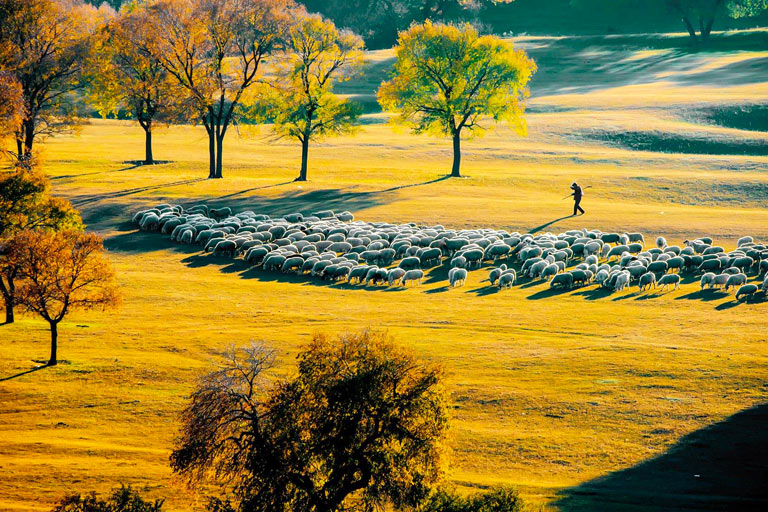
Beijing / Chengde / Bashang / Beijing

Chengdu / Daocheng / Yading

Shanghai / Hangzhou / Suzhou / Shanghai
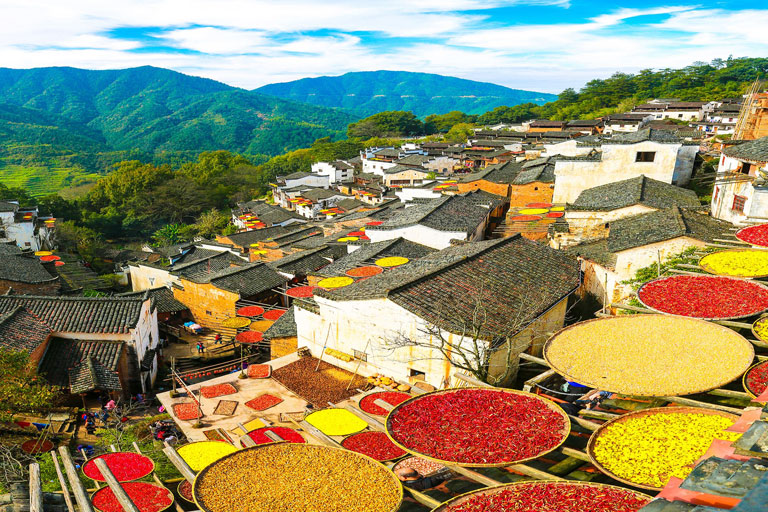
Jingdezhen / Wuyuan

Chengdu / Huanglong / Jiuzhaigou
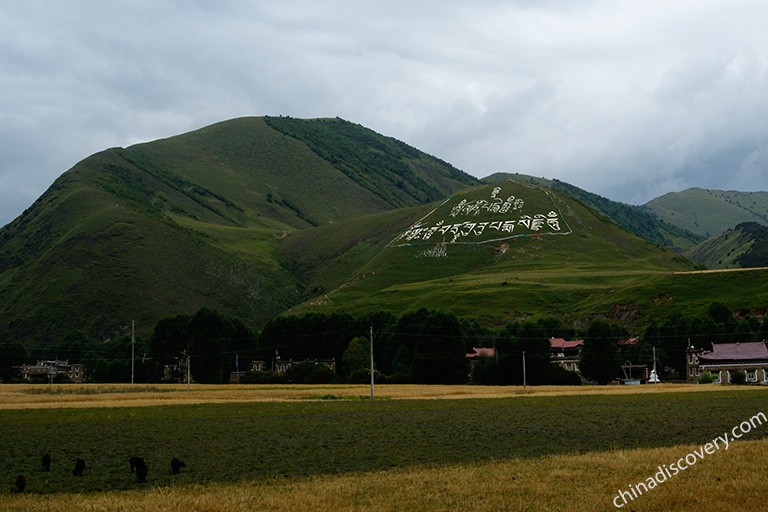
Chengdu / Wolong / Mount Siguniang / Danba / Tagong / Xinduqiao / Kangding / Chengdu
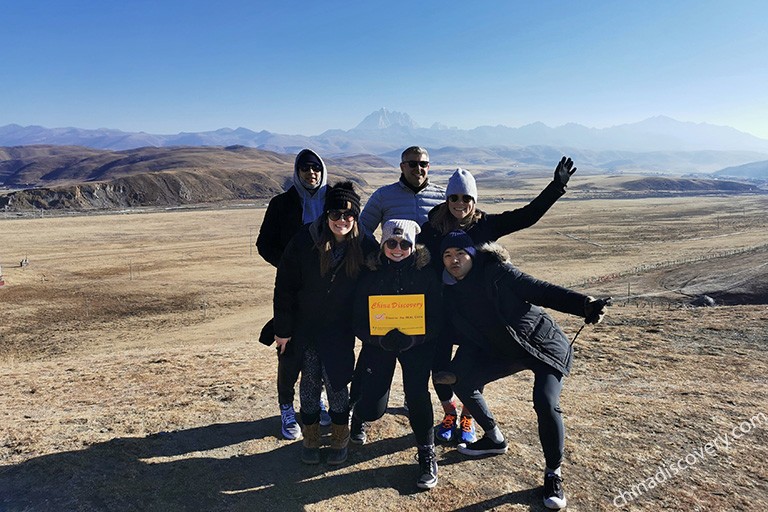
Chengdu / Hailuogou / Kangding / Xinduqiao / Tagong / Kangding / Chengdu
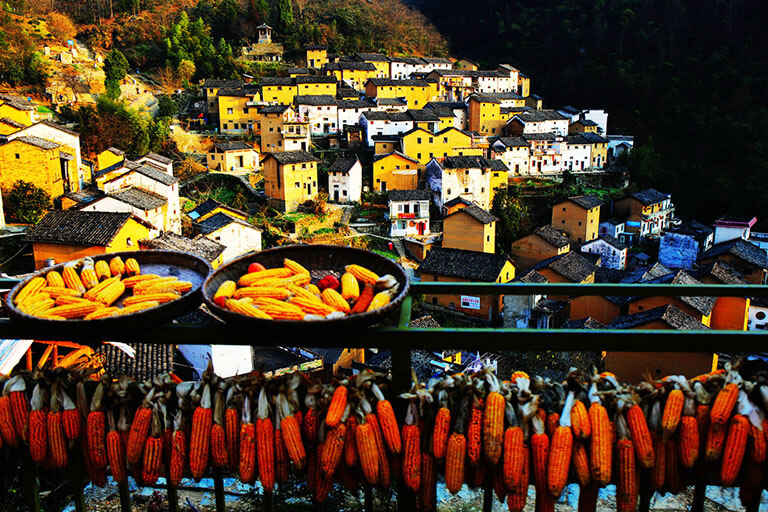
Yellow Mountain - Hongcun - Jiusha - Yangchan - Huangshan

Chengdu / Daocheng / Yading

Tunxi - Huangshan - Tunxi

Jingdezhen / Wuyuan

Chengdu / Huanglong / Jiuzhaigou

Shanghai / Hangzhou / Huangshan
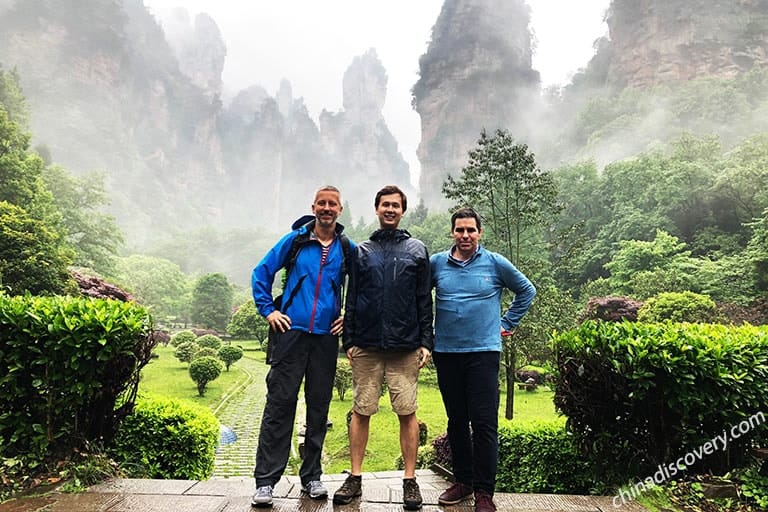
Chengdu / Jiuzhaigou / Chengdu / Zhangjiajie

Chengdu / Wolong / Mount Siguniang / Danba / Tagong / Xinduqiao / Kangding / Chengdu

Beijing / Xian / Shanghai

Xiamen / Nanjing Tulou / Yongding Tulou / Xiamen / Wuyishan
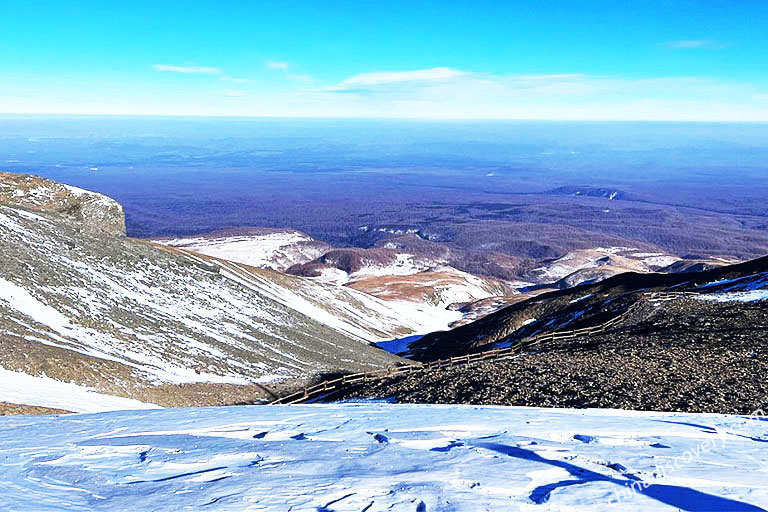
Harbin / Yabuli Ski Resort / Harbin

Kunming / Stone Forest / Yuanyang / Jianshui / Kunming

Hong Kong / Guangzhou / Macau / Hong Kong

Beijing / Harbin
